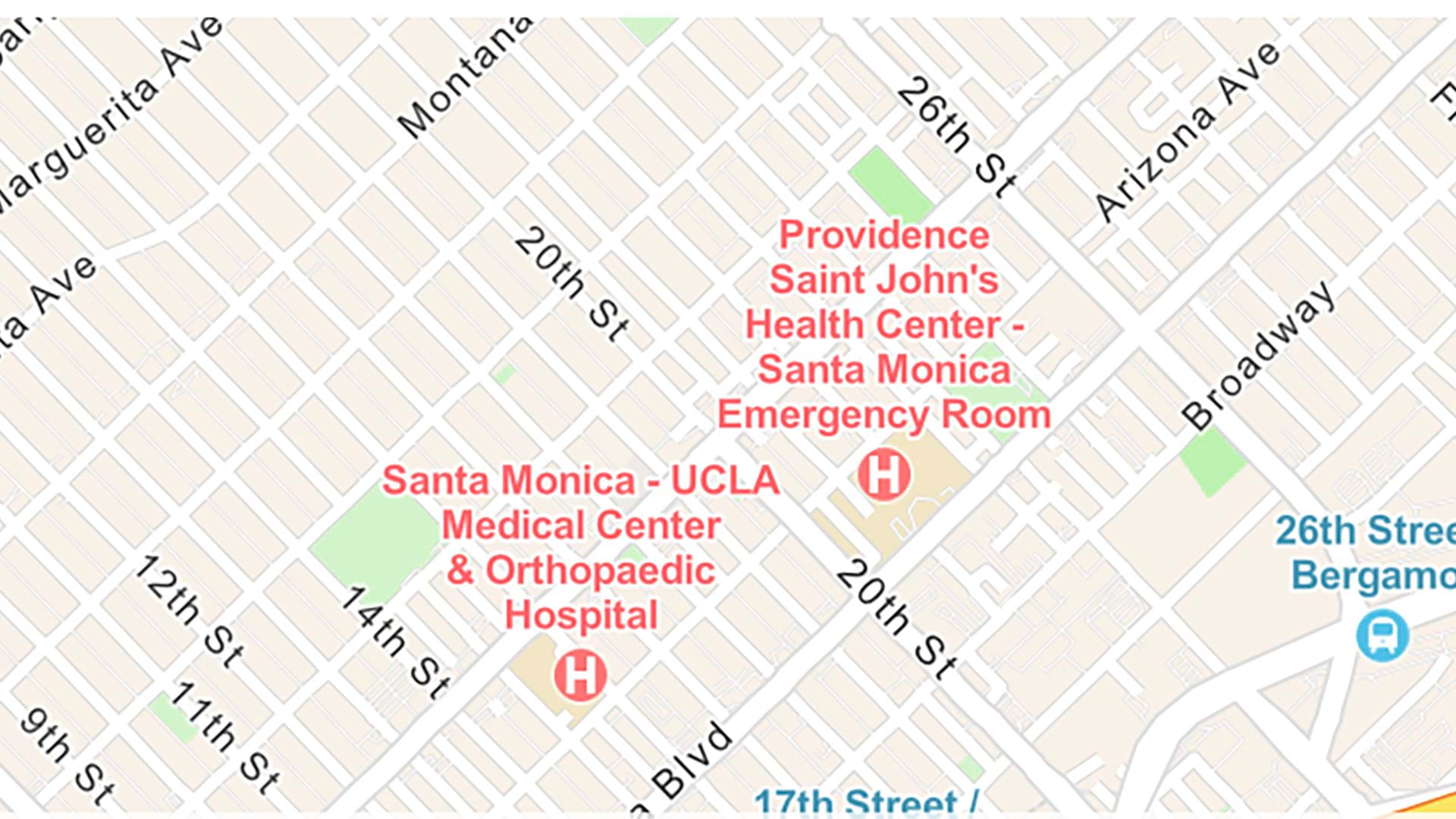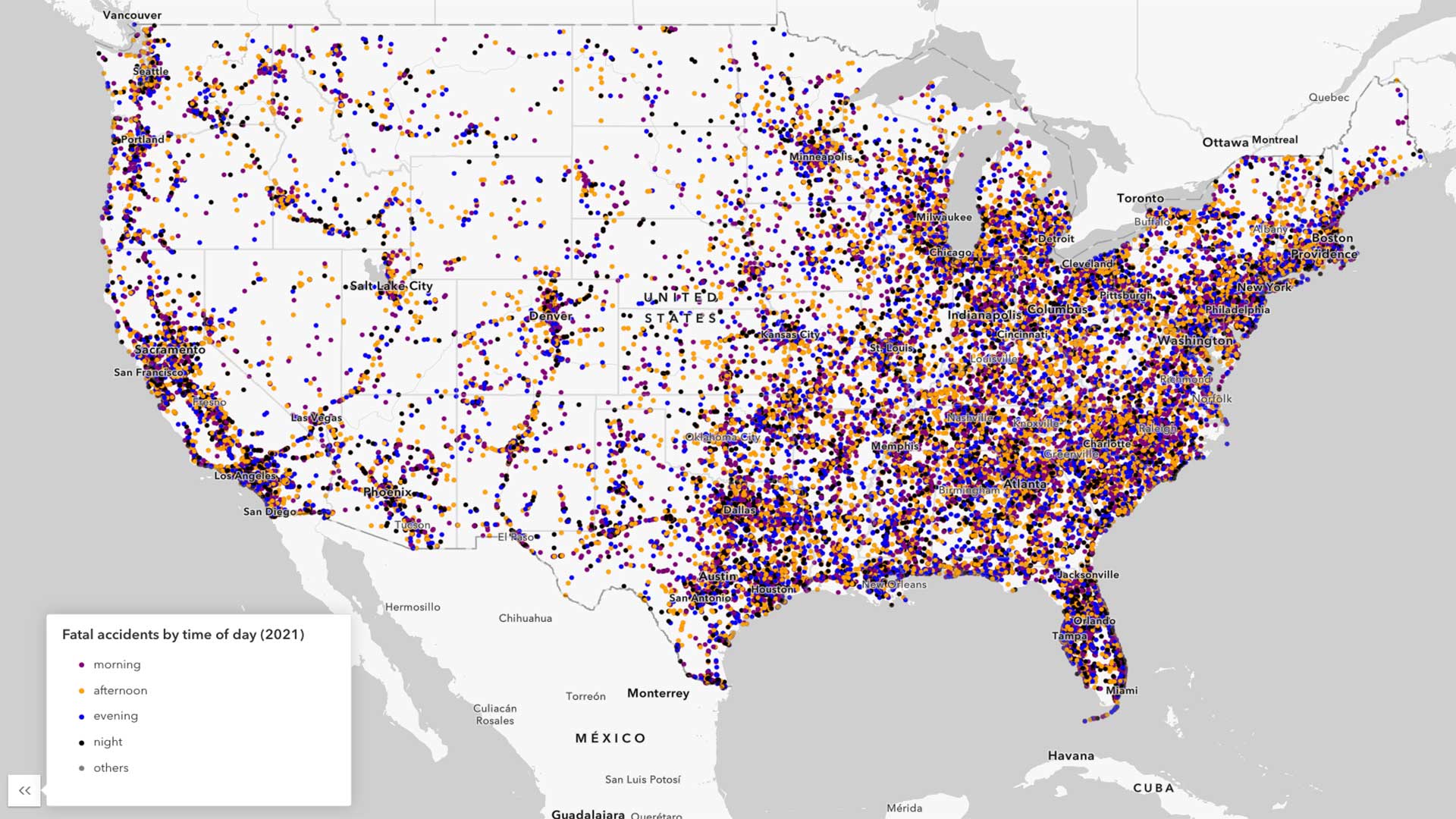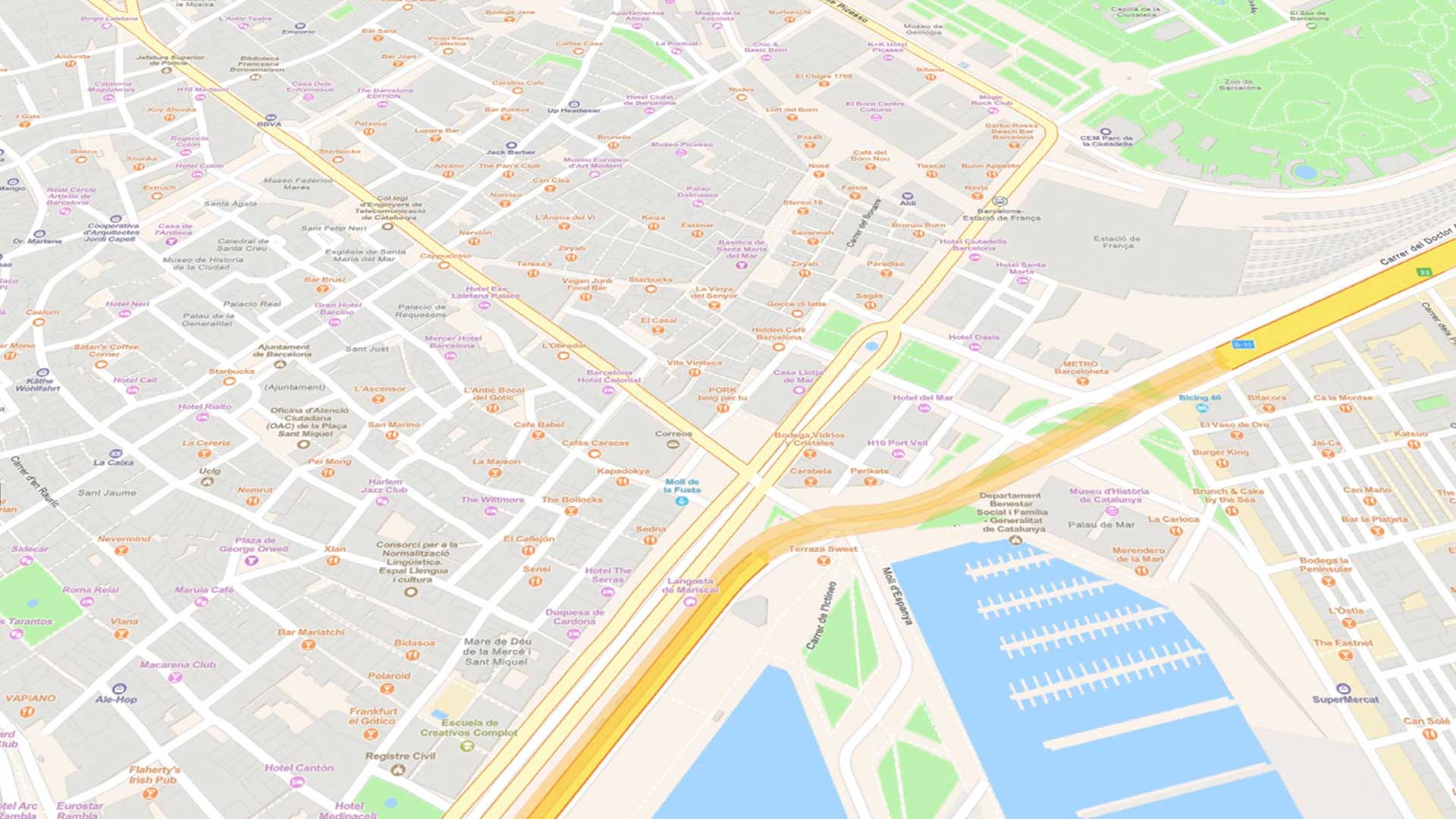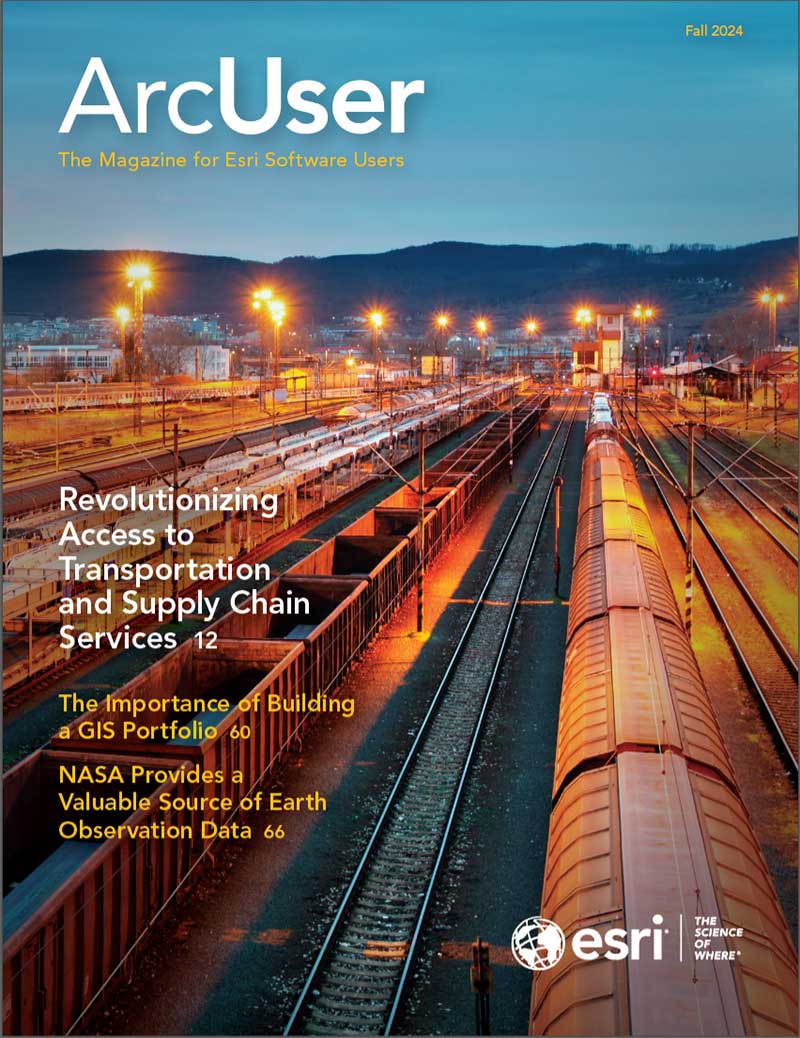The ArcGIS Well-Architected Framework provides IT and GIS professionals with a comprehensive set of ArcGIS system patterns to assist in designing an effective ArcGIS system tailored to an organization’s needs.
The Data Editing and Management system pattern provides organizations with a foundation for managing and editing their spatial data. Through this pattern, an organization can derive value by creating and managing its geospatial data, complete with a portal for publishing, sharing, and using data. This pattern leverages a modern, services-based architecture, enabling users to visualize, analyze, and edit data from any location, at any time. Editing workflows in ArcGIS can be completed using desktop software, mobile apps, or web-based applications. This pattern has significantly evolved from the days when accessing and editing data required software and data installations on a local network.
The Data Editing and Management system pattern supports a few implementations and workflows, including desktop, web, and mobile editing. This versatility allows for a wide range of use cases, from detailed desktop scenarios to mobile access in the field. There are a mix of deployment patterns supporting this, from SaaS to PaaS to software you manage on Microsoft Windows, Linux, or Kubernetes.
Each type of implementation comes with its own benefits and considerations. SaaS options can be stood up quickly and offer a wide range of workflows and capabilities without the need to manage a server. Server software options like Windows, Linux, and Kubernetes support advanced data models and enforce spatial and attribute rules, which are crucial for maintaining data integrity and supporting complex workflows.
The Data Editing and Management system pattern offers several key benefits when followed:
- Ensures Data Quality: The ArcGIS platform greatly enhances your data quality by providing mechanisms that allow you to ensure data accuracy, completeness, consistency, and timeliness, which are essential for informed decision-making and reliable analysis.
- Improves Workflow Efficiency: Leveraging multiuser editing from different desktop, web, and mobile devices can significantly improve the efficiency of your data collection and management workflows.
- Simplifies User and Content Management: ArcGIS Online and ArcGIS Enterprise each provide organizations with fine-grained management of the role and privileges of different users in your organization, as well as the permissions of the content itself.
Data editing and management is a key benefit of ArcGIS. The Data Editing and Management system pattern is relevant to all industries. Every organization needs this pattern to ensure that its data is authoritative. Here are a few examples of how this pattern is used in the real-world:
- In water, electric, and gas utilities, this pattern is used to modernize network management and operations. Utilities can leverage the ArcGIS Utility Network model to visualize and maintain their utility network. Many utilities also use this pattern to help digitize legacy paper-based workflows.
State and local governments can use this pattern for land records management by using ArcGIS Parcel Fabric as an authoritative parcel management system. Other state and local governments can use the data editing and management system pattern to help provide the public with current and historical parcel evaluations to reduce service requests for the Accessor’s Office.
The Data Editing and Management system pattern within the Well-Architected Framework provides organizations with a foundation for managing and editing authoritative data. By supporting both traditional desktop workflows and modern web and mobile editing workflows, this pattern ensures robust data management across various platforms. This system is valuable for organizations who aim to create and maintain authoritative geospatial data that can be used to support informed decision-making.
Learn how to build your Data Editing and Management pattern here, or check out the other ArcGIS system patterns in the ArcGIS Well-Architected Framework.




